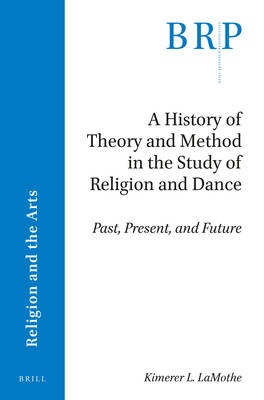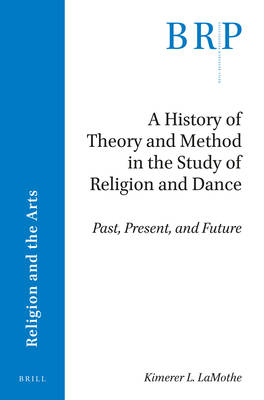
- Afhalen na 1 uur in een winkel met voorraad
- Gratis thuislevering in België vanaf € 30
- Ruim aanbod met 7 miljoen producten
- Afhalen na 1 uur in een winkel met voorraad
- Gratis thuislevering in België vanaf € 30
- Ruim aanbod met 7 miljoen producten
Zoeken
A History of Theory and Method in the Study of Religion and Dance
Past, Present, and Future
Kimerer L Lamothe
€ 123,95
+ 247 punten
Omschrijving
The relationship between religion and dance is as old as humankind. Contemporary methods for studying this relationship date back a century. The difference between these two time frames is significant: scholars are still developing theories and methods capable of illuminating this vast history that take account of their limited place within it. A History of Theory and Method in the Study of Religion and Dance takes on a primary challenge of doing so: overcoming a conceptual dichotomy between "religion" and "dance" forged in the colonial era that justified western Christian hostility towards dance traditions across six continents over six centuries. Beginning with its enlightenment roots, LaMothe narrates a selective history of this dichotomy, revealing its ongoing work in separating dance studies from religious studies. Turning to the Bushmen of the African Kalahari, LaMothe introduces an ecokinetic approach that provides scholars with conceptual resources for mapping the generative interdependence of phenomena that appear as "dance" and/or "religion."
Specificaties
Betrokkenen
- Auteur(s):
- Uitgeverij:
Inhoud
- Aantal bladzijden:
- 124
- Taal:
- Engels
- Reeks:
Eigenschappen
- Productcode (EAN):
- 9789004382688
- Verschijningsdatum:
- 25/10/2018
- Uitvoering:
- Paperback
- Formaat:
- Trade paperback (VS)
- Afmetingen:
- 152 mm x 229 mm
- Gewicht:
- 181 g

Alleen bij Standaard Boekhandel
+ 247 punten op je klantenkaart van Standaard Boekhandel
Beoordelingen
We publiceren alleen reviews die voldoen aan de voorwaarden voor reviews. Bekijk onze voorwaarden voor reviews.











